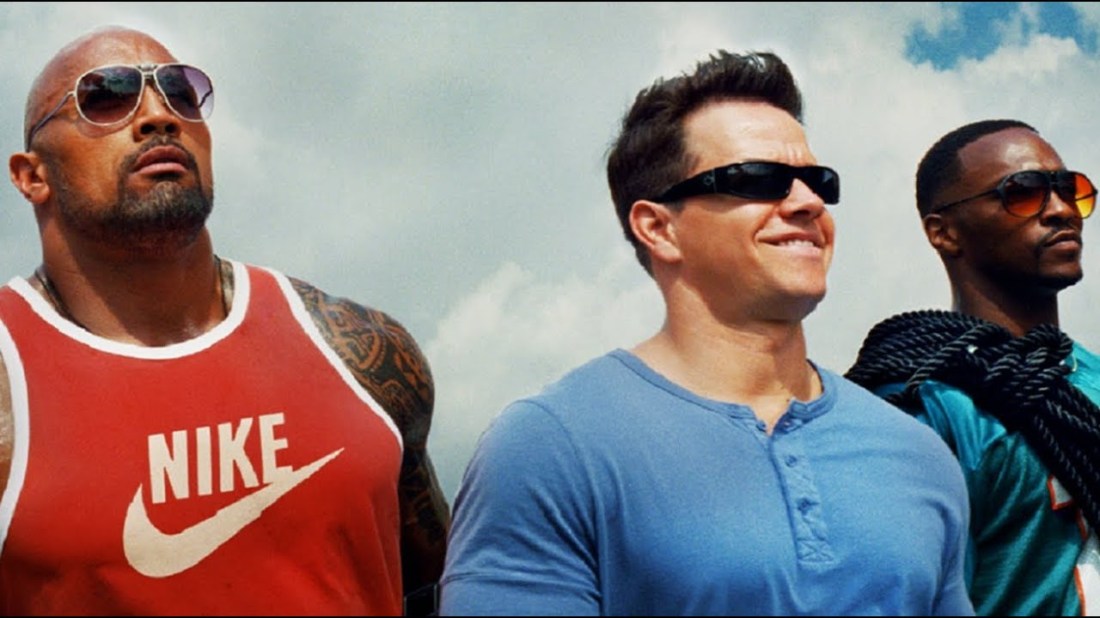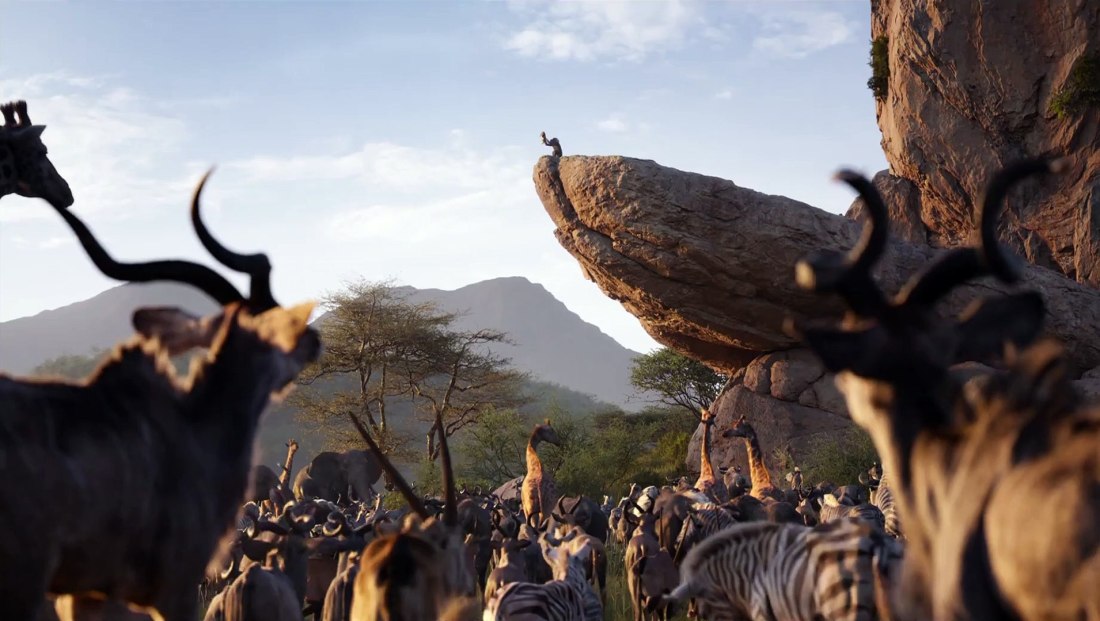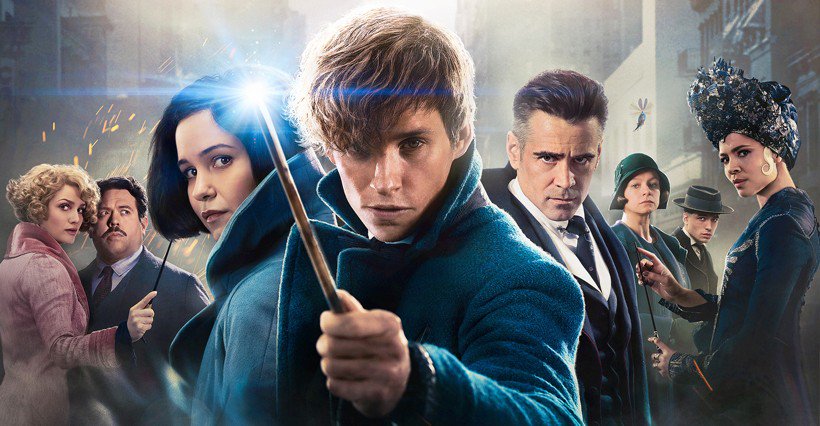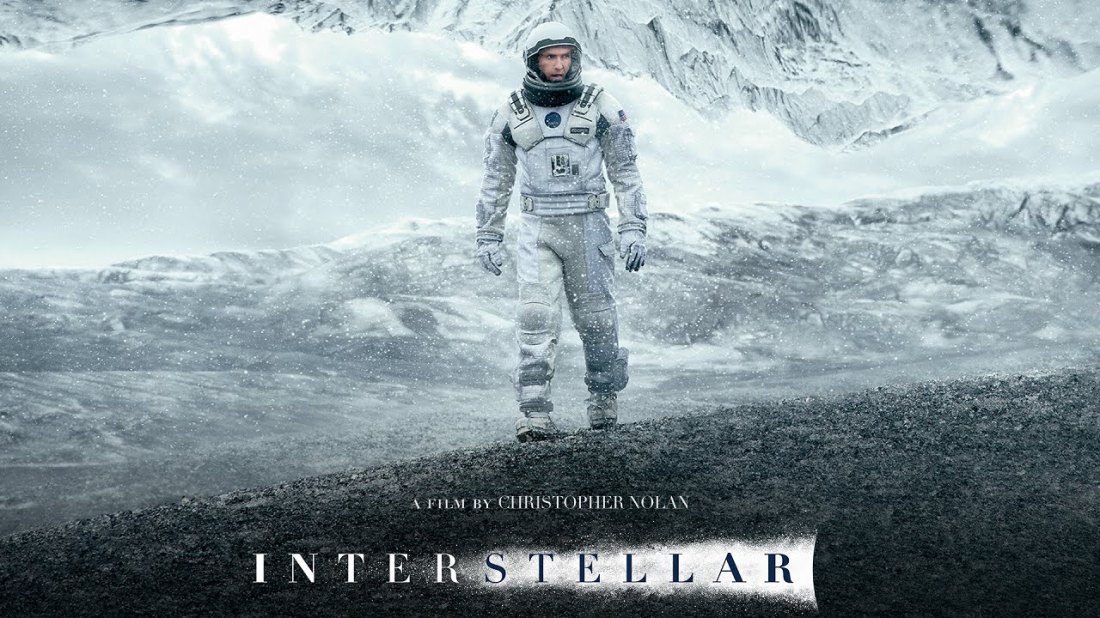Image Credit: Walt Disney Studios, https://insidethemagic.net/2020/07/ranking-pirates-of-the-caribbean-movies-ne1/
On June 26th 2020, The Hollywood Reporter announced that Margot Robbie was set to star in a new installment of the Pirates of the Caribbean franchise, a movie that would exist separately from an already announced reboot of the long-standing film series. My reaction to this report seemed to mirror the broader internet consensus: the casting serves as an interesting choice, Robbie a charismatic actress that might create a unique character in a franchise with many memorable ones (and she might get to use her normal Australian voice for once rather than the Harley Quinn/Wolf of Wall Street Brooklyn dialect she’s been using for years), but the production of a new Pirates film seems rather unnecessary.
The franchise began with Pirates of the Caribbean: The Curse of the Black Pearl, the critical (and commercial) success of which launched a trilogy of films, the first entry followed by Pirates of the Caribbean: Dead Man’s Chest and Pirates of the Caribbean: At World’s End. The continued box office success (despite dwindling appreciation from critics) resulted in a fourth movie, Pirates of the Caribbean: On Stranger Tides, and finally a fifth installment, Pirates of the Caribbean: Dead Men Tell No Tales, the latter of which only existing because the series manages to be lucrative in foreign markets, making almost as much money in China as it did in the United States.
(By the way, that’s why we keep getting Fast and Furious movies long after anyone really asked for them, the eighth film made $1 billion outside of the United States despite a paltry haul domestically).
While Curse of the Black Pearl was a breath of fresh air, a well paced action and adventure story with interesting characters and a fun setting, critics and the internet film intelligentsia increasingly turned against the franchise, praising the action set pieces but lambasting the convoluted plot in Dead Man’s Chest and At World’s End before turning their ire on once beloved character Jack Sparrow (er, Captain, Captain Jack Sparrow), his antics and mannerisms predictable rather than spontaneous by films four and five.
The continuation of the Pirates franchise despite dwindling demand for it in the United States spawned numerous “what went wrong” videos, with critics and creators questioning how a franchise made up of solid entries in the past deteriorated into tedium. Some took a film by film approach, arguing that the entries following the original trilogy serve as impostors to the first three movies. Another common argument is that the franchise grew progressively worse when Jack Sparrow became the central character rather than Will Turner. Others criticized the series for making the characters and the world itself less interesting over time (in internet friendly numbered list form), with another critic complaining that the movies “disappeared up the asshole of their own mythology” in films two and three with failed attempts at simplification in On Stranger Tides and Dead Men Tell No Tales.
As someone who loves the original trilogy (for all the flak At World’s End gets, it is still my favorite in the series, but I’m also the person that enjoyed mythology in school so that influences my appreciation for piratey lore) and also writes about movies from time to time, I’ve likewise devoted mental energy toward answering “what went wrong” with Pirates of the Caribbean. And the common criticisms are common for a reason, they contain truths about the franchise. Jack Sparrow did become more predictable and less interesting over time, the plot was way too convoluted in Dead Man’s Chest and At World’s End, and movie plots seem recycled rather than compelling and original in On Stranger Tides and Dead Men Tell No Tales (find magic thingy to stop cursed bad guys from running amuck).
But, I find that those analyzing and criticizing the franchise focus to narrowly, looking at the five Pirates films as the only texts to study rather than assessing broader trends in the film industry since 2003. The aforementioned internal problems certainly exist and helped to weaken the franchise over time, but external factors as well contributed to “what went wrong” or “what changed” with Pirates of the Caribbean. And, because of these external factors, I don’t think it’s possible to recapture the energy (“magic” if you will) and goodwill garnered from the original trilogy.
Curse of the Film Landscape
The first Pirates of the Caribbean was a surprise hit for Walt Disney Studios, both critically and commercially. Although then CEO Michael Eisner and other company officials thought that the character and performance of Jack Sparrow simply didn’t work, questioning whether the character was drunk or gay or even claiming that Johnny Depp was ruining the movie, the character was well received, with Depp even earning an Oscar nomination for his first turn as Captain Jack. Critics and fans also lauded the other characters in the film, the world building, pacing, the action sequences, the story itself, and the references to the popular theme park ride the film series is based off of. Moreover, the film went on to make $654.3 million at the box office, a pleasant surprise for the studio that produced other films based on attractions that completely tanked.
So, when a film proves financially successful, especially when it comes as a surprise to the studio, sequels enter production to extend the story (and more importantly the revenue stream). Pirates of the Caribbean became a film franchise, with two sequels greenlit and shot back to back to create a trilogy. But, the question arises, “how do we extend a narrative that was designed to be self-contained?” Pirates had good characters and an interesting world to explore, but crafting a new story posed a challenge, leading writers Ted Elliot and Terry Rossio, producer Jerry Bruckheimer, and director Gore Verbinksi to look to external sources, a decision no doubt influenced by the studio executive demands.

While today we live in a world where the Disney controlled Marvel Cinematic Universe is the most popular and stable brand in cinema, the early and mid-2000s were not as kind to the studio. Well out of the Disney Renaissance of the 1990s and reeling from recent flops, Treasure Planet and the aforementioned Haunted Mansion to name a few, Disney was behind the eight ball when it came to films and film franchises. Instead, it was the Lord of the Rings franchise that was both a critical and commercial behemoth at the time, Peter Jackson’s film series praised for respecting its source material and using state of the art technology along with skillful cinematography and production design to create Middle Earth in cinema.
The success of Lord of the Rings as well as the nascent Harry Potter franchise suggested that big, sweeping, epic narratives full of lore and mythology would lead to healthy box office hauls. Thus, to keep the franchise going (and to ensure that the Mouse kept getting his cut), the character based story of Curse of the Black Pearl morphed into an epic on the sea with Dead Man’s Chest and At World’s End. Now, I and fans of the franchise largely like these films, and they are superior to Curse of the Black Pearl when it comes to action set pieces and production value. But the plot is more complex and more convoluted, with characters betraying one another and motivations changing from scene to scene in a sprawling story that drags in a way that Curse of the Black Pearl managed to avoid.
In trying to be like Lord of the Rings, Pirates lost the pacing and character driven plot of the first film, leading to critical ire despite commercial success for both Dead Man’s Chest and At World’s End. The subsequent writers and directors responded to this criticism and attempted to recapture the magic of Curse of the Black Pearl, telling a self-contained character driven adventure story in On Stranger Tides. But, by that film, the love of Jack Sparrow and Johnny Depp declined significantly, the result of over exposure within and outside of the Pirates franchise.
Dead Man’s Casting
The biggest complaint levied at the Pirates franchise along with the most common explanation as to why the franchise declined largely is that Jack Sparrow became less interesting and more predictable over time, and this is certainly has its merits. Initially lambasted by the studio, Depp created a unique character beloved by fans and appreciated by critics, with Roger Ebert noting, “There has never been a pirate, or for that matter a human being, like this in any other movie.”
While there had been films about pirates in the past, movies centered on treasure hunting and the freedom of sailing the seas, there had never been a pirate movie quite like Pirates of the Caribbean: Curse of the Black Pearl nor a pirate quite like Jack Sparrow. It’s an unconventional choice to decide that a character from the eighteenth century should act like Keith Richards, but it is one that worked throughout the original trilogy. Jack Sparrow was always a step ahead of both his allies and adversaries in the first film, and this extends into Dead Man’s Chest and At World’s End, with fans getting more catchphrases, more silly antics, more escapes, ultimately more Captain Jack.
However, what made this work particularly well in the first film is that Jack Sparrow was not the central focus but ultimately a fun supporting character for Will Turner and Captain Barbossa to get annoyed at. By the fourth film, most of the characters from the original trilogy were gone, with Jack Sparrow as the sole focus in a quest to find the fabled Fountain of Youth. Jack Sparrow’s ability to always be one step ahead of everyone else a la Bugs Bunny doesn’t work when he is the central rather than supporting character. Moreover, by four films, Jack’s mannerisms and “unpredictability” are completely predictable, lessening the enjoyment and experience of On Stranger Tides and Dead Men Tell No Tales. Rather than a brief sense of excitement when hearing news about a pirates adventure with Jack Sparrow, people of the internet roll their eyes, sigh, and question why the franchise seems to keep going despite declining interest.
But, it can’t just be that critics and fans are sick of a character after four or five movies due to overuse of the same mannerism. After all, Robert Downey Jr. was Iron Man in nine films over the course of ten years (not including a post-credits cameo in Incredible Hulk) with similar mannerisms throughout, yet the majority of the internet did not turn against that character. The characters from Toy Story are beloved after twenty-five years, and Batman is largely the same performance (except when it isn’t) and people on the internet seem to only get mad when the role is cast or when the Batsuit has nipples. So, there’s no hard and fast formula as to when a character is overexposed or no longer interesting, but it certainly did happen with Jack Sparrow.
This, again, is where one needs to look at the external context surrounding the Pirates of the Caribbean franchise rather than solely the texts themselves. Fans might have gotten sick of Johnny Depp as Jack Sparrow, but not solely because the character was in an increasing amount of movies. Instead, after the release and success of the first Pirates film, directors and studios were eager to cast Depp in various other eccentric roles, looking to cash in on the mystique that worked for Curse of the Black Pearl.



After the first Pirates movie, Depp donned various “funny looks and funny hats” in Tim Burton’s Charlie and the Chocolate Factory, Sweeney Todd, Public Enemies, Alice in Wonderland its sequel Through the Looking Glass, The Tourist (a movie that was nominated for a Golden Globe for Best Comedy despite the fact that the film was not a comedy), Dark Shadows, The Lone Ranger, Trancendence, Mortdecai, Black Mass, and Fantastic Beasts and Where to Find Them. I’m certainly not going to fault an actor for working and taking opportunities, especially one that built a reputation on good character performances throughout the 1990s. But, Depp’s choices after the Pirates trilogy became increasingly predictable, the actor seemingly taking all “eccentric” and “interesting” roles molded after his performance as Jack Sparrow.
“Johnny Depp in a funny hat” increasingly became a genre in and of itself, one that fans and critics grew tired of. Roles created to be “interesting” were instead looking to profit from Depp’s cachet from the Pirates franchise. Any new entries in the Pirates franchise increasingly feel like more of the same, Depp doing the same material and performance from the first films in the franchise as well as films like Dark Shadows and Lone Ranger. The incarnation of Jack Sparrow from the original trilogy was lighting in a bottle, the magic couldn’t be captured once again. Instead, various “interesting roles” became tedious and Depp’s reputation suffered, both because of his roles after Pirates as well as personal issues outside of filmmaking.
(Note: I’m not trying to make light of abuse allegations made by either Amber Heard or Johnny Depp during and after their marriage. There have been accusations of abuse by both Heard against Depp and Depp against Heard and the case is still in the process of litigation. It is difficult to take sides or know which side is right (or if any side is right) at the time of writing, so leaving it as “personal issues” while we are still in the legal process seems like the best course of action).
On Stranger Times
Despite dwindling domestic interest and critical appreciation for the Pirates franchise, Disney seems hellbent on creating new entries to appease foreign markets. And, just as the studio, writers, and directors took heed of criticism levied at convoluted and complicated plot lines and produced simpler (if predictable and less interesting) stories for On Stranger Tides and Dead Men Tell No Tales, the House of Mouse looks to go in another direction with future Pirates movies, replacing Johnny Depp with Margot Robbie to tell new pirate adventures within the same universe. Disney hopes that a new cast and the promise of something new rather than rehashing old plots (along with nearly a twenty year gap from Curse of the Black Pearl, the twenty year nostalgia cycle proving to be quite profitable recently).
But, the ultimate fact of the matter is that the cinematic landscape has changed dramatically since the first Pirates of the Caribbean film. In 2003, Curse of the Black Pearl was a breath of fresh air compared to other tentpole action films. Rather than super serious, devoid of any sense of fun (or colors other than black), Pirates of the Caribbean was a fully realized, colorful, lived in world with interesting characters swept up in a well-paced and well-crafted story. Curse of the Black Pearl was an antidote to the doldrums of the dark, dreary, and edgy aesthetic that plagued pop culture in the late 1990s and early 2000s. Moreover, Curse of the Black Pearl offered an escapist thrill ride rather than taking itself too seriously, something that clearly many people were searching for and ultimately enjoyed in the years immediately following 9/11. Upon release, Pirates was a different cinematic experience from other summer blockbusters, a unique alchemy that made Curse of the Black Pearl (and to a lesser degree Dead Man’s Chest and At World’s End) a beloved series from the 2000s.
However, as we move out of the 2010s and into the 2020s, movies changed in tone and aesthetic. Comic book movies in particular are embracing their colorful art design and original stories rather than looking to distance themselves from them as they did in the past, and the most successful films at the box office in the past few years (the MCU but also movies like Jurassic World (the first one at least), Wonder Woman, Furious 7, Jumanji: Welcome to the Jungle) are increasingly looking to tell “fun” rather than serious stories. Because of this, the tone, style, and scope of Pirates of the Caribbean feels like just another series rather than something unique, with its setting, lore, and Jack Sparrow as its only point of differentiation. More than simply “franchise fatigue,” Pirates feels like more of the same, both with regard to its recycled plots and when compared to other popular films and franchises today, the series no doubt influencing the cinematic landscape we have today but not doing enough to separate itself from others within it.
At Franchise End?
At the time of writing, the Pirates of the Caribbean franchise has exhausted any interest and goodwill in the domestic market, with Disney increasingly looking to milk it for all it is worth at the foreign box office. Fans and critics have increasingly turned against predictable plots and the same antics from Jack Sparrow, and Pirates of the Caribbean simply isn’t different enough from other films and franchises in the marketplace. The social and cultural context as well as the demands and interests of fans have changed significantly since the release of Curse of the Black Pearl in 2003. Though the studio aims to reboot the franchise with new casting and capitalize on the twenty-year nostalgia cycle, it is impossible to recapture the specific factors that made the original trilogy so memorable and so special in the early 2000s.
Though the declining haul at the box office and decreasing fan interest seems to spell doom for further entries in the Pirates franchise, prognostications and predictions are solely based on what we know and what has happened. It doesn’t appear that the Pirates franchise has legs, but a well-made film and well-told story could certainly prove me wrong in the future. Good stories with interesting characters make for good movies, which in turn transform one-off films into franchises. The MCU along with recent successful franchises like the John Wick films succeed not because of a grand master plan, but because the individual films are well-made and generate interest for further sequels. Perhaps a new Pirates entry can echo Curse of the Black Pearl and the original trilogy and remember what worked in the past rather yet avoid predictability and becoming overly complicated. After all, films about pirates more generally witnessed ebbs and flows, the pirate genre proving popular in the 1940s and 1950s before declining until the release of the first Pirates of the Caribbean. The specific factors, both within and surrounding the original trilogy and made it so special cannot be recaptured, but an interesting adventure story with well-written characters offers a chance at putting winds in the sails of the Pirates franchise.














